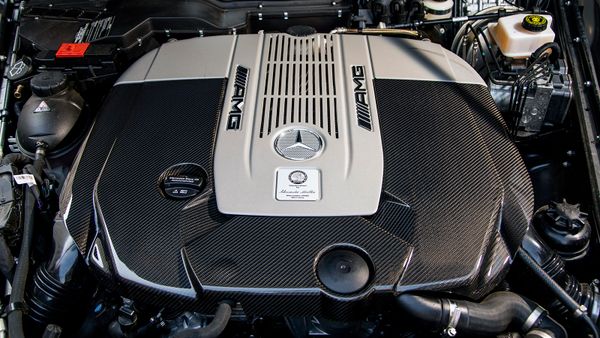For all of humankind's marvelous technological inventions, some of its most significant machines require dinosaur-era resources. Our motorized vehicles, specifically those with internal combustion engines, simply can't operate without motor oil.
In an engine, oil serves multiple purposes. It greatly reduces friction between moving parts, and therefore reduces wear and tear. Oil moves heat from very warm parts to cooler areas in the engine, and stops corrosion, which occurs when metal parts are exposed to oxygen. Oil also cleans dirty engine parts, thanks to added detergents that keep the engine clean and prevent oil sludge.
Advertisement
There are three main three main categories of consumer motor oil. There are conventional petroleum-based oils, and there are synthetic versions created from chemicals. A third category includes products called part synthetic, which combine conventional mineral oil with man-made chemicals.
Conventional motor oil is based on crude oil that goes through extensive refining to make it suitable for engine use. Synthetic oil, however, is created through chemical reactions. And like so many other technological advances, synthetics were born in a time of conflict.
In World War II, Germany and the United States began using synthetic oils for aircraft engines and tanks. Synthetics were necessary partly because both countries needed more oil for their war efforts, but they also needed better oil.
The armies and air forces of the United States and Germany wanted lubricants that worked well in a wider range of environmental conditions, especially very low temperatures. Because conventional mineral oils contain wax, they thicken quickly in cold weather. As a result, conventional oils bogged down military operations in Europe during World War II.
For these aircraft and vehicles, thickening oil was a major problem. The newly developed synthetics, which worked much better in subzero weather, were a huge boost in the efforts to keep vehicles running, no matter how awful the weather became.
Once the war ended, those lessons in lubrication were applied to consumer vehicles. In the decades since, synthetic oils have slowly been catching up to conventional motor oil. Still, there are a lot of misconceptions about synthetic oil and its uses. Keep reading to get a better understanding of how oil works, and to determine if it's time to upgrade your vehicle to a synthetic motor oil.



